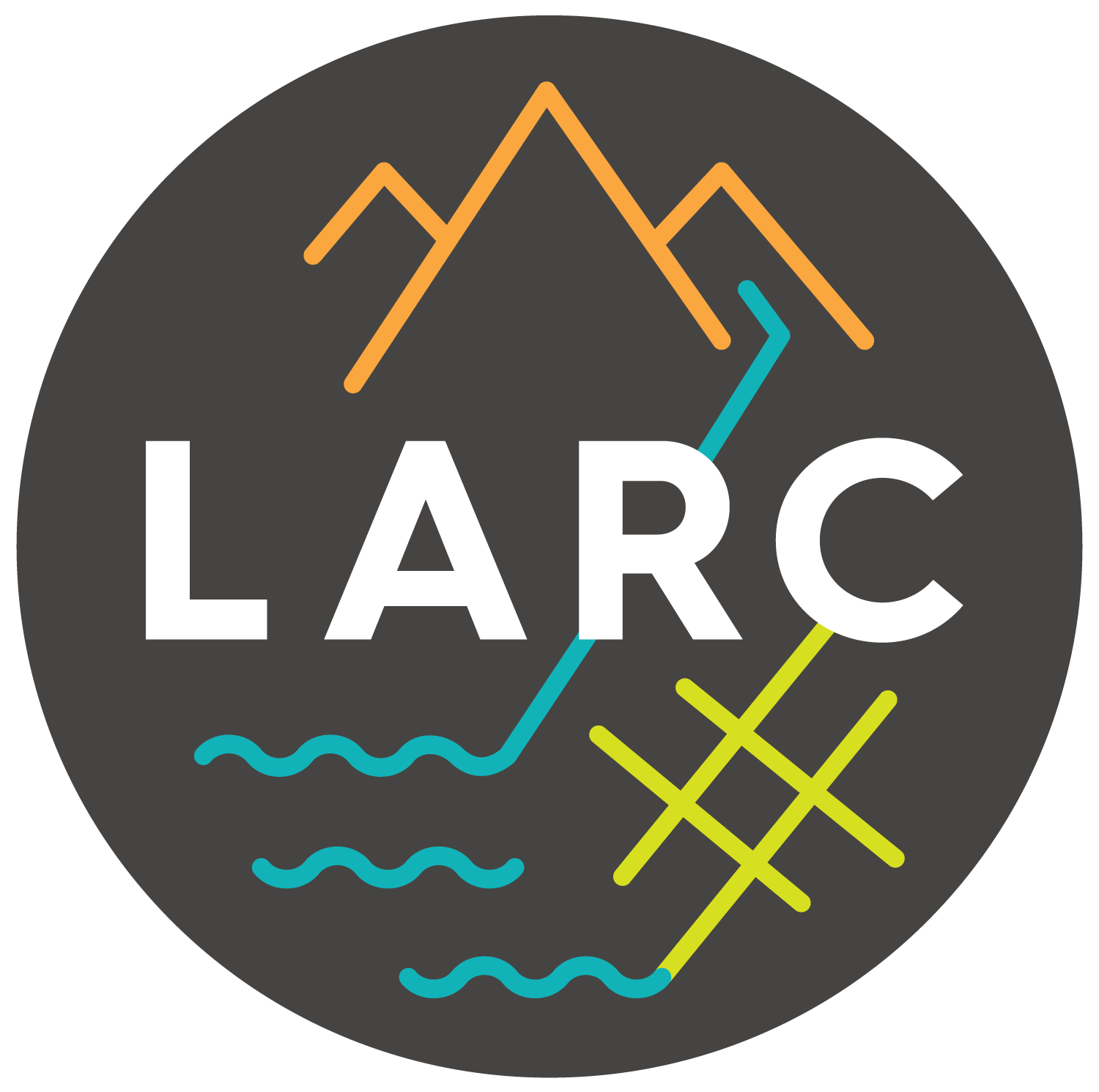Heat-Resilient Gardens
Keeping your garden happy, healthy, and water-wise during heat season just takes a little know-how. Having healthy plants and trees can also help you feel cooler and healthier!
Did you Know?
Strategically planted trees can reduce air conditioning needs by 20-50% depending on placement and climate (U.S. Department of Energy).
Gardening is Healthy!
A major way to avoid heat illness is to acclimate to seasonal changes - if your body is used to warmer temperatures, you won’t feel the heat as much. If you don’t normally get much time outside, taking care of your garden is an easy, relaxing way to expose yourself to warmer weather.
The best way to acclimate is to get a few hours of outdoor exposure every day, outside of the peak heat hours, over 1-2 weeks. If you garden, you probably already spend about an hour outside most days in the morning or the evening. If you don’t, it’s great for your physical and mental health - and now you know it can help protect you during extreme heat.
Heat-Safe Gardening Strategies
Be water-wise and reduce the water needs of your plants; it’s all about right plant, right place. The first step is using plants that are native to Southern California or other Mediterranean climates with hot, dry summers. If you don’t know what type of soil you have, you can quickly find out with a Jar Test, and use this information to plan your watering schedule. (Clay soils don’t need as much watering!)
Deep, infrequent watering is the way to go in our climate. You’re much better off giving plants a really long soak every couple of weeks than a light watering every other day. Water takes time to percolate through the soil - you want that moisture going deep into the ground, where your plants’ roots will follow it. Shallow, frequent watering encourages lots of roots at the surface of the soil, which will make garden plants much more likely to die in extreme heat. For more details, check out the detailed guidance from Tree of Life Nursery.
Seasonal mulching makes a big difference. Mulch - big pieces of plant material that break down over time - will protect the moisture in your soil, keep it cooler on hot days, and slowly add healthy nutrients as the mulch breaks down. Other benefits include suppressing weeds and providing habitat for beneficial insects. (However, succulents and other desert plants won’t respond well to mulch, so if your garden mostly has succulents, skip the mulch.)
Water at the right time of day: Watering in the middle of the day is a great way to jack up your water bill and leave your plants thirsty - lots of that water will evaporate. Water at dawn or dusk to maximize the benefit for your garden - that’s before 7 am or after 7 pm. Also, make sure that any automatic sprinklers or irrigation systems are working properly instead of watering the sidewalk.
Use Heat Resistant Plants
Any plant that evolved in Southern California has already shown that it can happily survive in our climate. Here are some great native plants to try in your garden, commonly available from local suppliers:
California poppy (Eschscholzia californica) grows easily from seed. It will bloom prolifically in late winter or early spring, before going dormant (not dying!) in the summer.
Western redbud (Cercis occidentalis) is a lovely choice if you’re looking for a small tree. While it grows slowly, its showy purple flowers are popular with most of our local pollinators - and you can make tea out of them.
Sacred White Sage (Salvia apiana) is a fragrant, easy-to-grow perennial shrub with thick, gray-green foliage. In the wild, this popular plant is rare due to poaching. In your garden, it will send up large flower spikes in summer that attract bees, butterflies, and hummingbirds. Cut it back, dry the leaves for potpourri or a sachet, and it will regrow with more stems than before.
Globe gilia (Gilia capitata) grows easily from seed, like California poppy - but it blooms later in the summer, covering itself in small round flowers that look like purple pom poms. It loves heat and doesn’t need any fertilizer.
Check out LAist’s Guide to Native Plants 101 for more plant recommendations and use PlantRight to make sure you’re not introducing invasive species.
Cultivating a garden during heat season in LA requires a little extra strategy, but the benefits are clear: choosing the right plants can help reduce water use, cool your home, and support local ecosystems.
Resources
Learn more on how to take care of your garden at California Native Plant Society’s resources for Gardening in a Drought and their native plant database.
Find workshops, programming, and more at the Theodore Payne Foundation.

